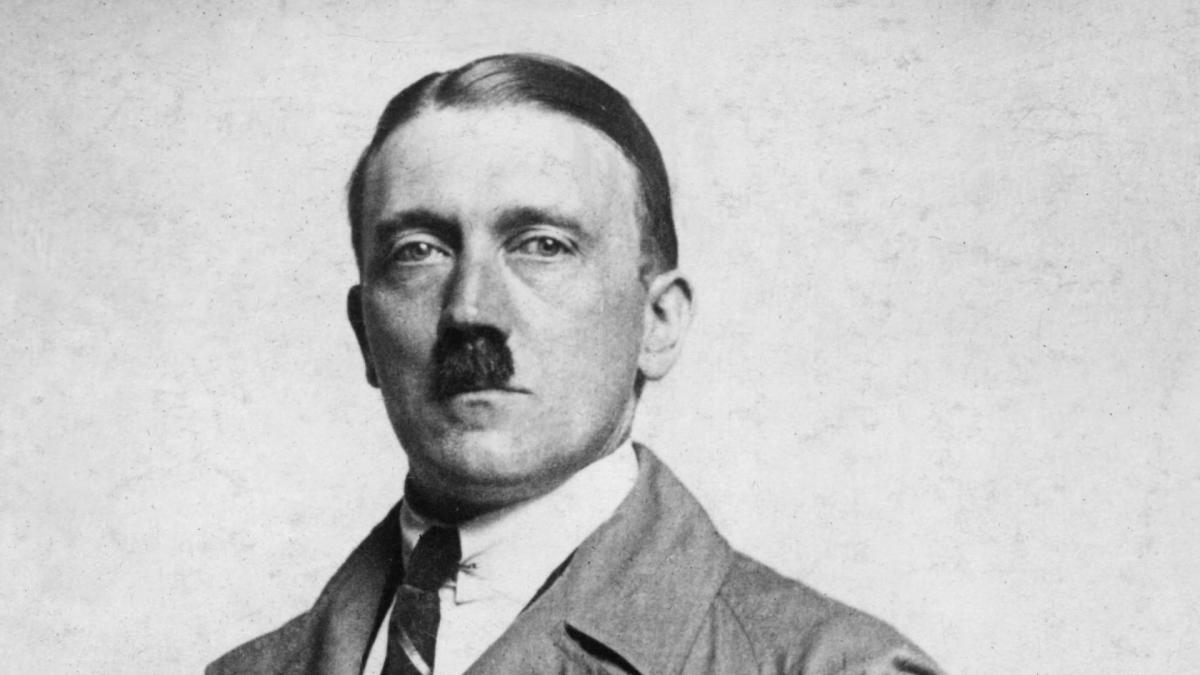Adolf Hitler Early Life
Adolf Hitler April 20, 1889 – April 30, 1945) was an Austrian-conceived German politician who filled in as Germany’s dictator from 1933 to 1945. He rose to prominence as the head of the Nazi Party, first as the chancellor in 1933 and then as Führer und Reichskanzler in 1934. He began World War II in Europe during his dictatorship by invading Poland on September 1, 1939. All through the war, he was intimately involved in military operations and assumed a vital part in the Holocaust, the killing of approximately six million Jews and millions of different victims.
Hitler was brought up in Austria-Hungary, close to Linz. Later in the first ten years of the 1900s, he lived in Vienna prior to relocating to Germany in 1913. During World War I, he was recognized for his service in the German Army. He joined the German Workers’ Party (DAP), the predecessor to the Nazi Party, in 1919 and was named its head in 1921. In a failed upset in Munich in 1923, he looked to gain legislative authority and was condemned to five years in prison. He dictated the first volume of Mein Kampf, his autobiography and political manifesto, while incarcerated (“My Struggle”). Hitler gained popularity after his early delivery in 1924 by criticizing the Treaty of Versailles and promoting fascism.
The Nazi Party had the most seats in the German Reichstag by November 1932, however not a majority. Subsequently, no party has had the option to make a parliamentary majority for a chancellor candidate. On January 30, 1933, President Paul von Hindenburg was convinced by previous chancellor Franz von Papen and other conservative pioneers to appoint Hitler as chancellor. The Reichstag passed the Enabling Act of 1933 soon after, kicking off the most common way of transforming the Weimar Republic into Nazi Germany, a one-party dictatorship established on Nazism’s totalitarian and dictatorial worldview.
World War I
To defy what he perceived as the injustice of the post-World War I international request headed by Britain and France, Hitler tried to oust Jews from Germany and establish a New Order. His first six years in office saw a swift economic recuperation from the Great Depression, the lifting of post-World War I constraints on Germany, and the annexation of regions populated by millions of ethnic Germans, all of which assisted him with gaining public help.
Hitler got back to Munich after World War I. He remained in the army despite having no conventional education or possibilities for a profession. In July 1919, he was conveyed to an Aufklärungskommando (reconnaissance unit) of the Reichswehr as a Verbindungsmann (intelligence specialist) to influence different soldiers and join the German Workers’ Party (DAP). Party Chairman Anton Drexler was satisfied by Hitler’s oratorical skills at a DAP meeting on September 12, 1919. He handed him a duplicate of his flyer My Political Awakening, which was anti-Semitic, nationalist, anti-capitalist, and anti-Marxist. Hitler requested to join the party on the orders from his army commanders, and was admitted as part 555 within seven days (the party started counting membership at 500 to make the impression they were a lot bigger organization).
Red Army and Western Allies
Both the Red Army and the Western Allies were moving into Germany by late 1944. Recognizing the Red Army’s solidarity and will, Hitler picked to convey his remaining mobile powers against the American and British soldiers, which he considered to be significantly more fragile. On December 16, he sent off the Ardennes Offensive in request to plant discord among the Western Allies and convince them to join him in fighting the Soviets. The offensive fizzled after a couple of brief victories. In January 1945, with a large portion of Germany in ruins, Hitler declared on the radio, “Notwithstanding how terrible the crisis might be as of now, it will, despite everything, be handled by our unalterable will.”
Hitler cultivated a public image as a celibate man with no family, gave exclusively to his political objective and the government assistance of his country. He met Eva Braun, his darling, in 1929, and they married on April 29, 1945, one day before the two of them committed themselves. His half-niece, Geli Raubal, shot herself in the head with Hitler’s pistol in his Munich loft in September 1931. Geli was rumored to be in a romantic relationship with him, and her passing was a wellspring of intense, dependable anguish for her friends. In June 1960, Paula Hitler, Hitler’s more youthful sister and the last living individual from his immediate family, died.
Religion
Hitler was brought into the world to a sincere Catholic mother and an anti-cleric father, however he never went to Mass or received the ceremonies subsequent to leaving home. Hitler shouted against the congregation to his political partners, according to Speer, and despite the way that he never officially left it, he had no steadfastness to it. He proceeds to say that Hitler believed that without organized religion, individuals would gravitate to mysticism, which he considered to be retrograde. According to Speer, that’s what hitler believed, due to its “compliance and flabbiness,” Japanese religious ideas or Islam would have been a preferable fit for Germans over Christianity.
Relevant Topics Search:





